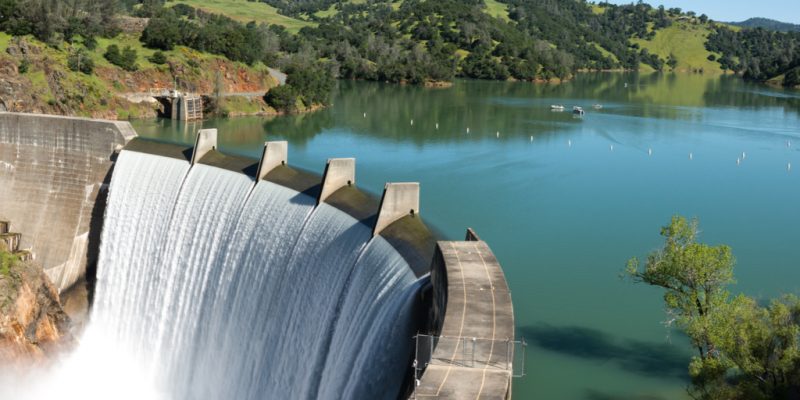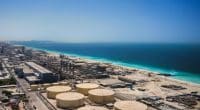The Government of the Kingdom of Lesotho recently launched the second phase of the Lesotho Highlands Water Project (LHWP). It is an important project that will benefit both the small kingdom and its large South African neighbour.
The Lesotho authorities have recently launched work on the second phase of the Lesotho Highlands Water Project (LHWP). It is a bi-national project divided into several phases, established by the 1986 treaty between the governments of the Kingdom of Lesotho and South Africa.
In its second phase, the Government of Lesotho plans to build a concrete rockfill dam with a 165 m wall. The Polihali Dam will be built downstream of the confluence of the Orange-Senqu and Khubelu Rivers in the Mokhotlong District of Lesotho. The dam will allow the formation of a reservoir on the Orange and Khubelu Rivers over an area of 5,053 hectares, with a total storage capacity of 2,325 million m³. It will be supported by a saddle dam, which is an auxiliary reservoir built to confine the reservoir created by a primary dam, either to allow for higher water elevation and storage or to limit the extent of the reservoir in order to increase its yield.
Strengthening South Africa’s Water Supply by 2026
The project will involve raising a low point on the margin of the reservoir to prevent water from bypassing the Polihali dam. This saddle dam will have a height of 45 m, a crest length of 603 m and a crest width of 6.5 m.
Part of the water from the Polihali Dam will be transferred to the Katse Dam in Lesotho via a tunnel. With its 185 m height and 710 m width, the Katse Dam is currently supplied through a tunnel that connects it to the Mohale Dam. It is used for drinking water supply and agriculture in the Gauteng province of South Africa, in accordance with the 1986 agreements with Lesotho. South Africa, which is co-financing the LHWP with Lesotho, is expected to see the benefits of the project from November 2026, according to Lindiwe Sisulu, South Africa’s minister of human settlements, water and sanitation.
The pending hydropower component of the project is expected to start in…
The second phase of the Lesotho Highlands Water Project (LHWP) has a hydroelectric component. The Government of Lesotho initially opted for the development of a pumped storage hydropower plant in Kobong locality. This type of facility produces electricity through a system that is unique in that it is reversible. In concrete terms, the power station operates with two reservoirs (upper and lower). The water from the upper reservoir goes down into the lower reservoir by turning the turbines of the hydroelectric power station. The water from the lower reservoir is pumped back into the upper reservoir, and so on. The electricity generated at Kobong is fed into the Lesotho national power grid.
Due to the “unfavourable economic situation” in Lesotho, however, the construction of a pumped storage power station has been officially suspended. The government of this southern African kingdom is currently opting for a conventional hydroelectric power plant.
Jean Marie Takouleu







